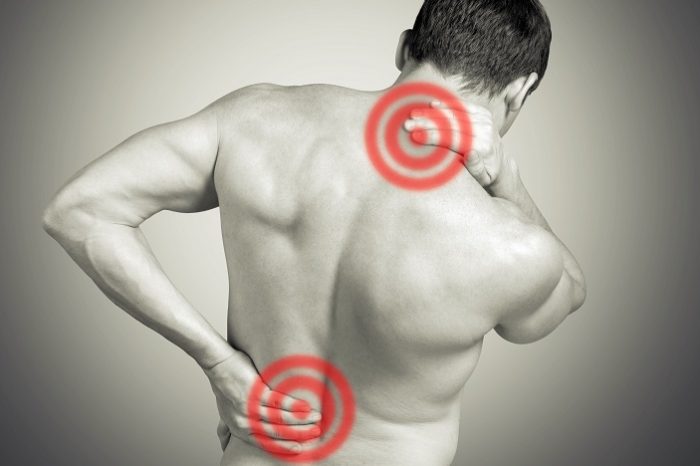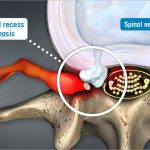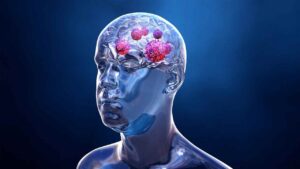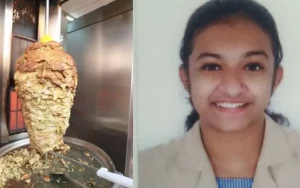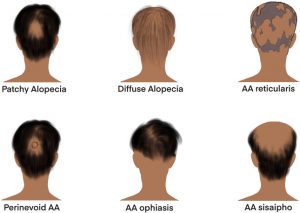Lateral Recess Stenosis and Treatment
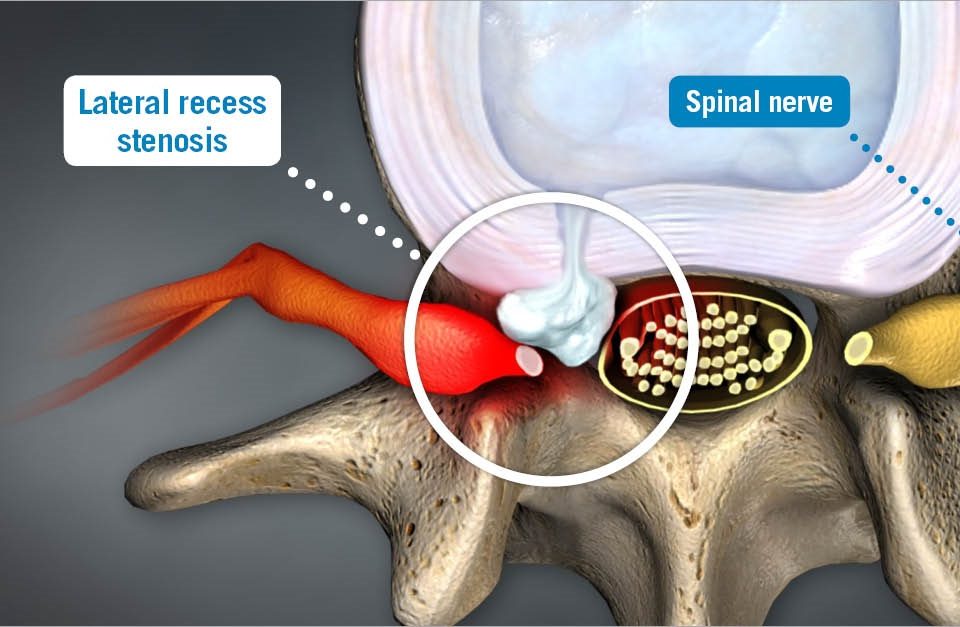
Lateral Recess Stenosis and Treatment
If you’re experiencing symptoms of lateral recess stenosis, you may want to consult with a physician about treatment options. If you’re suffering from pain, you should first know more about the condition. This condition can lead to back pain, neck pain, or other discomfort. It’s important to identify the cause as soon as possible to receive meaningful relief. Read on to learn about treatment options for lateral recesses stenosis.

The first step in treatment is diagnosis. A lateral recess stenosis doctor will perform a physical examination and review your medical history. He or she will also perform imaging studies, such as a CT scan or magnetic resonance imaging (MRI) scan, in order to determine the cause of the narrowing. After determining the underlying cause of the lateral recess stenosi, the patient will be evaluated for treatment options.
The first step is to properly diagnose lateral recess stenosis. The diagnosis is based on the severity of symptoms and the location of the narrowing. X-rays and magnetic resonance imaging (MRI) scans are the most common imaging procedures used for lateral recess stenosis. Once a diagnosis is made, treatment options will be determined. The first step in treatment is to find a surgical solution. If conservative management is unsuccessful, surgery may be necessary.
Once the diagnosis has been confirmed, a medical team will recommend a course of treatment. Most patients respond to conservative management, which may include NSAIDs, physiotherapy, spinal injections, and lifestyle modification. Further tests may be needed to determine whether or not the treatment is effective. In addition, the patient’s pain may be localized or radiate into other parts of the body, such as the legs or buttocks. These symptoms are similar to muscular pain and may be mistaken for a disc problem.
The diagnosis of lateral recess stenosis is critical to the treatment of the condition. In addition to surgery, conservative management methods may include NSAIDs, physiotherapy, and spinal injections. If these methods do not work, other measures may be necessary. Fortunately, modern surgical techniques are improving the lives of people with lateral recess stenoss. These treatments are effective and safe for patients with severe cases of a symptomatic symptom of lateral recess stenosis.
After identifying the underlying cause of lateral recess stenosis, a surgeon may recommend a surgical procedure. Although conservative management is generally the best option, there are some risks involved in the surgery. The pain that you experience after undergoing a lateral recess stenosectomy may be more intense than the pain caused by a tumor. A surgeon may perform a fusion.
Conservative management for lateral recess stenosis is usually the first line of treatment. A thorough medical history and physical examination are required to diagnose this condition, and you will need to undergo an MRI and a CT scan to determine the exact cause of the narrowing. If you experience local pain, you may need to have a surgical procedure. This may require a combination of NSAIDs, physiotherapy, and spinal injections.
After conservative management, lateral recess stenosis is typically treated with NSAIDs, physiotherapy, and spinal injections. There are also nonsurgical options for lateral recesses stenosis. For patients with a severe case, a surgical procedure is the most appropriate choice. However, conservative management is not the only option for this condition. While the patient’s condition may be asymptomatic, you may have some symptoms that are more severe.
A diagnosis of lateral recess stenosis can be difficult, but it’s important to seek a medical professional for proper diagnosis. X-rays, spinal injections, and a physician’s examination are all tools that a medical practitioner will use to evaluate the condition. Further research is necessary to identify the exact cause of the narrowing and subsequently the treatment. Ultimately, you’ll need to determine the most appropriate treatment option.
In recent years, lateral recess stenosis is a condition that causes pain on both sides of the body. Symptoms are most common on the right side, but they can affect the left side as well. If your symptoms are on the left side, you should seek medical attention immediately. Your surgeon will determine which treatments are appropriate for your condition. Once you’ve identified your specific symptom, you’ll likely need to see a specialist as soon as possible.

